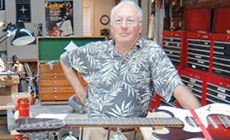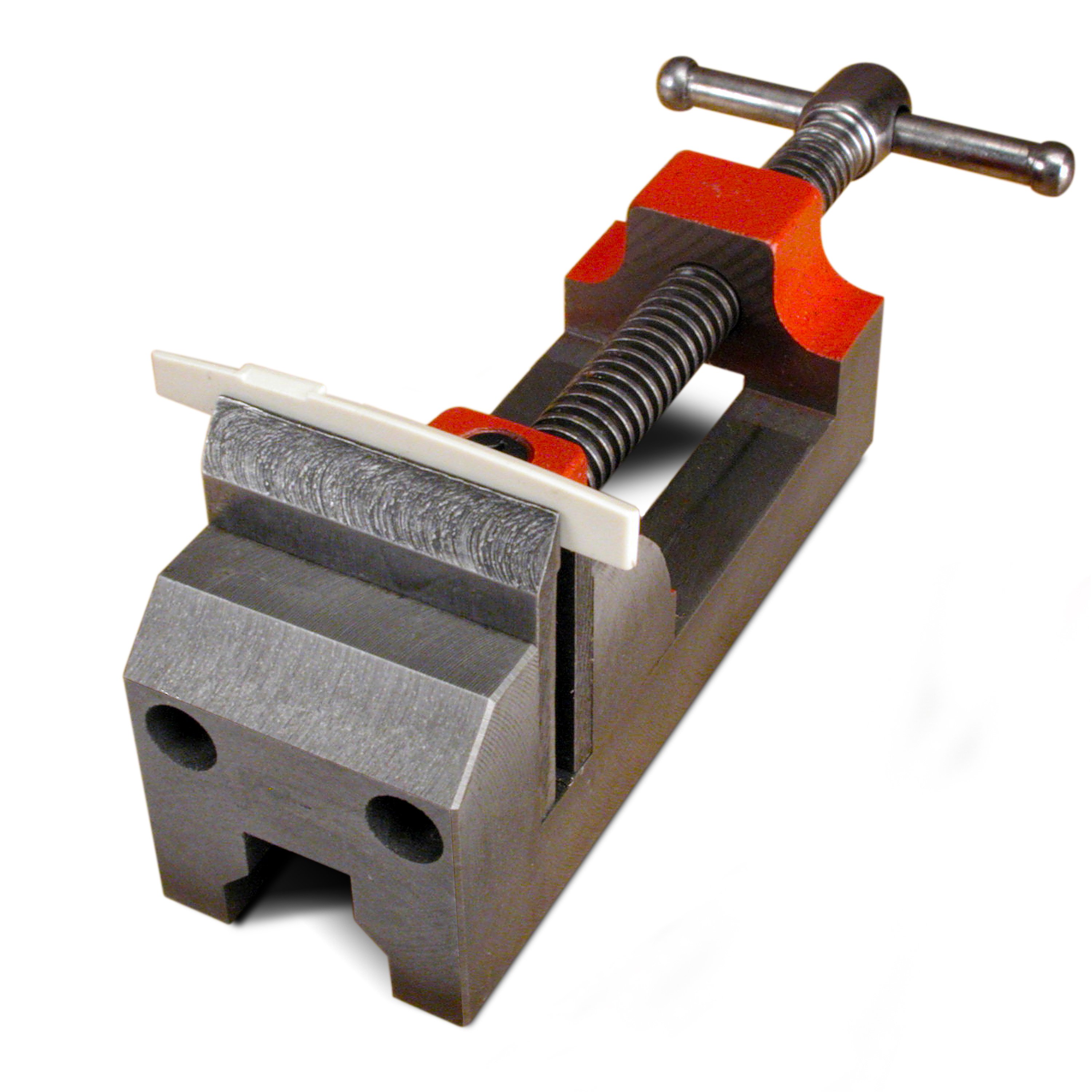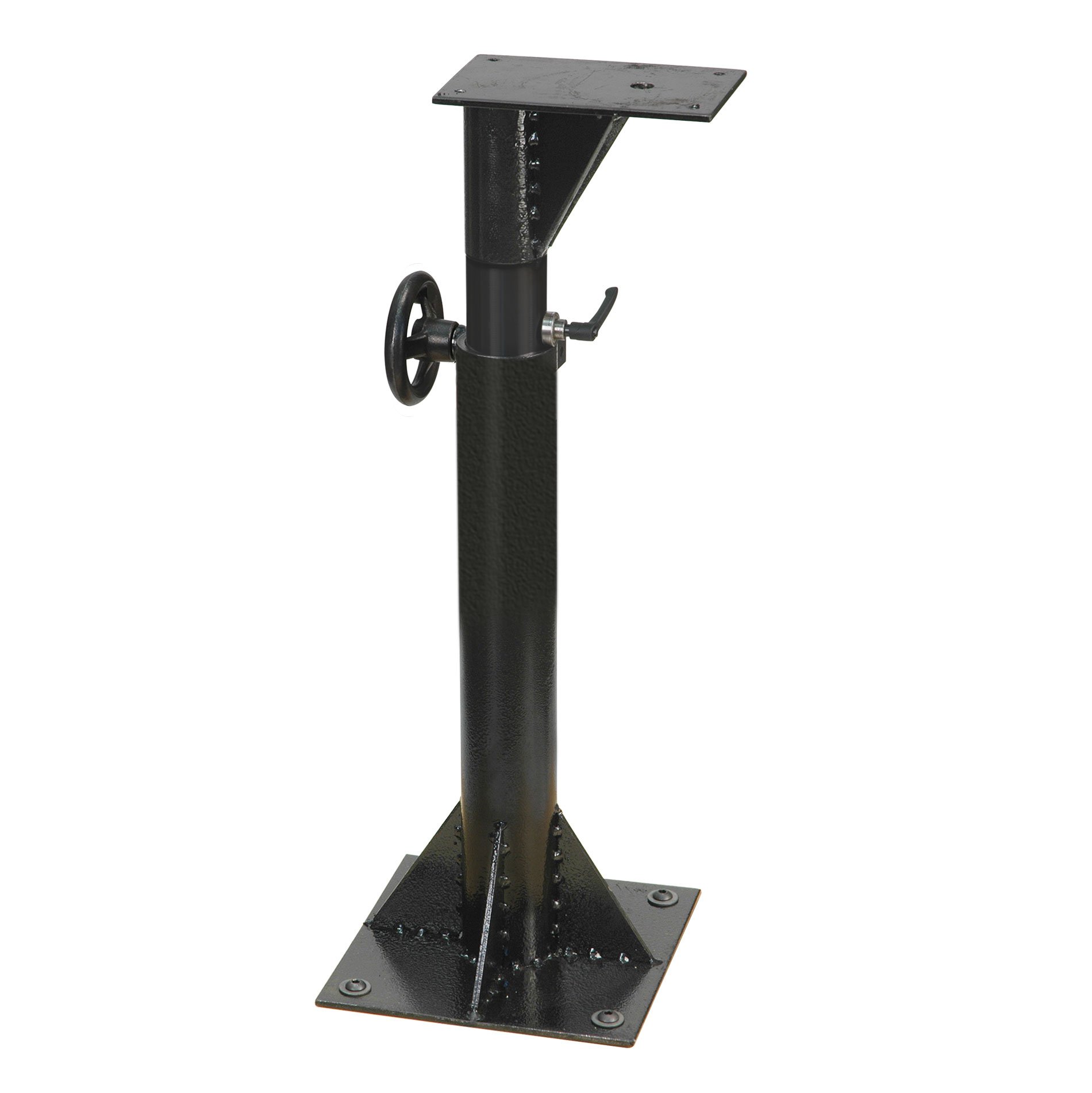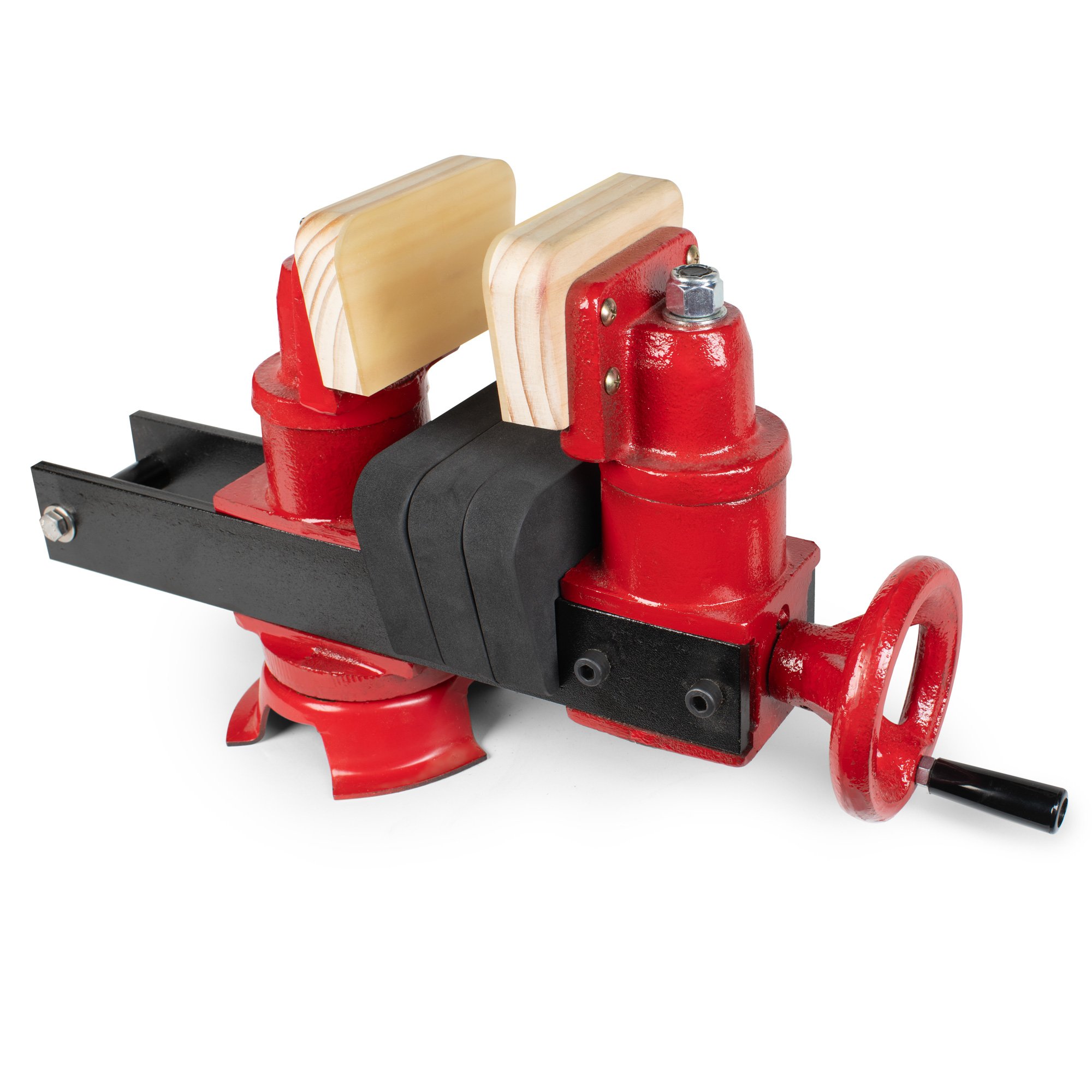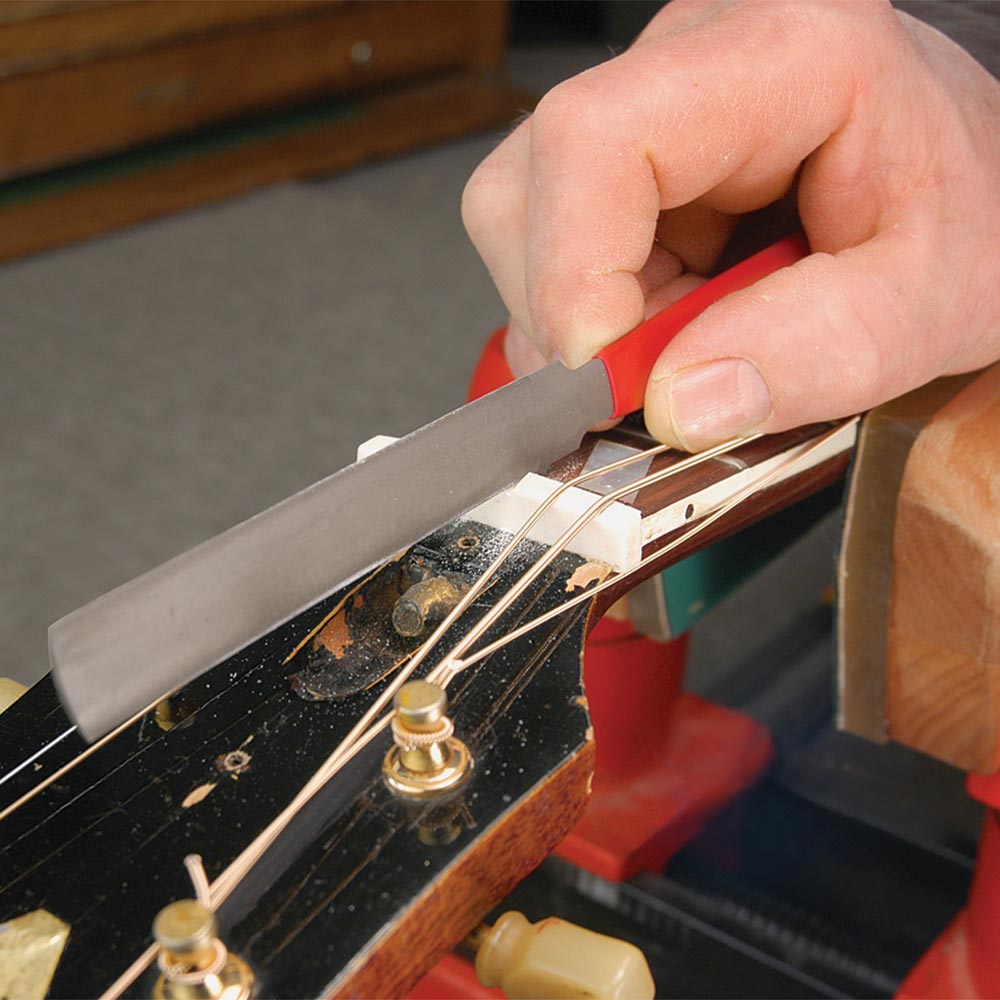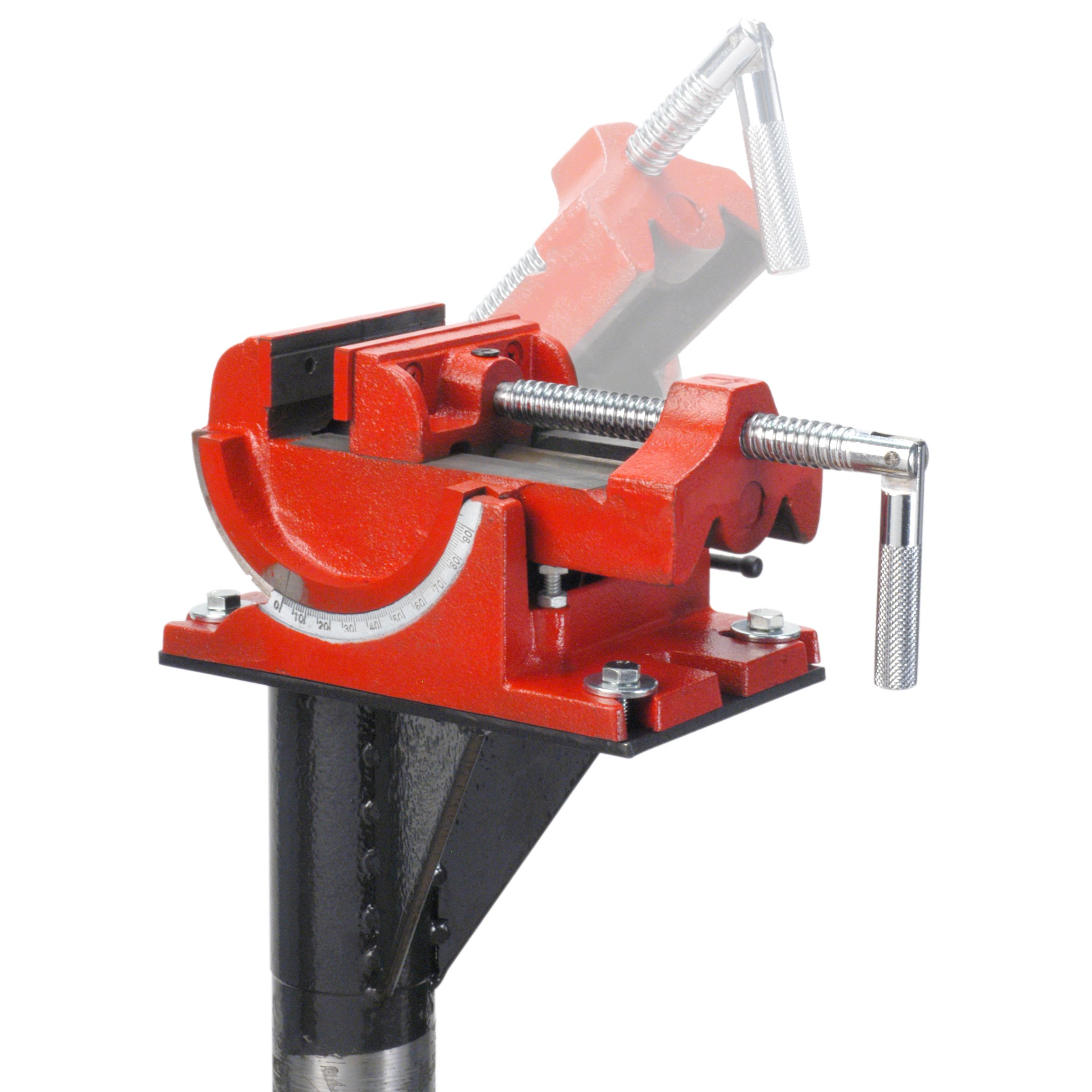Ideas for your shop: arranging your bench and vise
I’m always interested in other people’s workshops. So when my friend Bob Lazuka asked for help setting up his shop, I was happy to get involved. I love doing this kind of stuff! Bob just retired from teaching at Ohio University, and he finally has time to turn his garage into a shop. The space is 14' x 20' with a smooth cement floor. He still parks a car in there sometimes. Bob has two benches: a tall one (42"), and a low one (30-1/2"). They’re each six feet long, which is longer than the benches I use in my shop. Bob’s question was which corner to install a vise on. For the tall bench, we borrowed an idea from Erick Coleman: we put an Ultimate Vise right in the middle, so it holds a guitar equally well for working from right or left. Talking with Erick, we found out that his bench has some real history: Erick Coleman’s 6-foot bench (above) has history: it used to belong to Philo T. Farnsworth, inventor of the TV picture tube. Erick used to live a few blocks from Farnsworth’s former shop in Fort Wayne, Indiana; that’s when he came across this bench. If you don’t know this Father of Television, get your Google going: you’ll find lifesize bronze statues dedicated to this famous inventor. Erick located his Ultimate Vise smack-dab in the center of Philo’s old bench. This way, Erick works on guitars from either side, right or left. This makes me want a 6' bench too. (Maybe I’ll find one from Thomas Edison.) We drilled the hole for this vise 9" back from the front edge, centered between the left and right ends of the bench. This bench is good to go. Next, the low bench. That’s where we put Bob’s Guitar Repair Vise. A low bench puts you above the guitar, which is good for working with your arm through the soundhole, for example. Bob's low bench is in a corner, so the place for this vise is the opposite corner. We placed this one 4-3/4" from the end, and 4" from the front edge. Bob mounted it low to the bench by putting the support base under the table. That creates an 8" vise height, but Bob wanted 9", so he made a 1" thick circle of hardwood to get that. Smaller benches fit my shop better. I’ve gotten a lot of use out of this ShopStand under a piece of laminated board (sold online as “Perfect Plank”). I’ve drilled holes for mounting the vise in various places, and those holes also hold flexible-arm desk lamps. See the guitar support under this Les Paul? I padded it with leather and put it on a brass rod with holes for height adjustment. The heights are held by that pin with a round black knob inserted through the side of the plank. The fact that this bench can be set at different heights is helpful, too. Bob’s using a ShopStand to support other tools in his shop, like a belt sander. He couldn’t bolt it to the floor in the middle of his parking space, so he mounted it on a concrete patio stone. That makes a solid, yet portable stand. (I guess “draggable” is more like it.) On top of that ShopStand is an angle vise, like the one shown in my shop below. I’ve mounted lots of tools this way. I used to swap back and forth between the buffer and this belt sander, for example. My ShopStand’s bolted to the floor, which makes it stable enough for supporting a buffer. Upstairs in the corner of his living room, Bob has a small setup bench with a Nut & Saddle Vise in the corner. The room has great natural light for small jobs like re-filing the nut slots on the Firebird. “It was supposed to be a temporary work area,” said Bob, “but I like it so much that it will stay after the garage is done.” - and it’s changed several times since then. Looking through old photos, I found lots of shop and bench shots. How do you have your bench set up? How about sharing a picture on our Facebook page?Setting up a shop: your bench and vise.
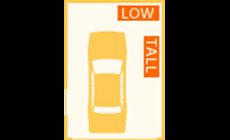
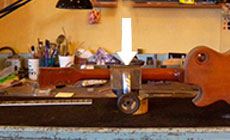
Philo Farnsworth’s workbench.

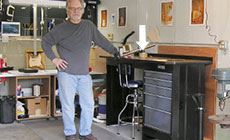
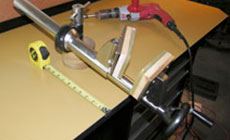
Low bench for a bird’s-eye view.
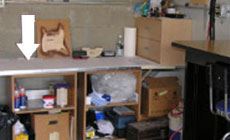
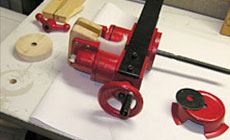
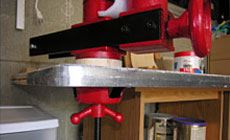
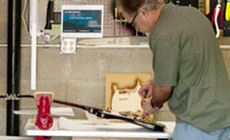
My small-footprint bench
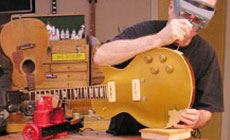
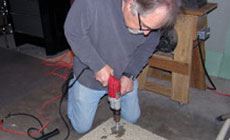
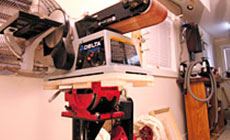
Yet another vise!
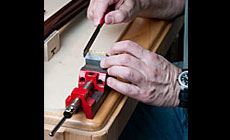
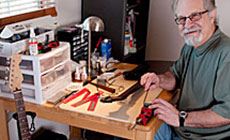
Here’s how my shop looked in 2007
